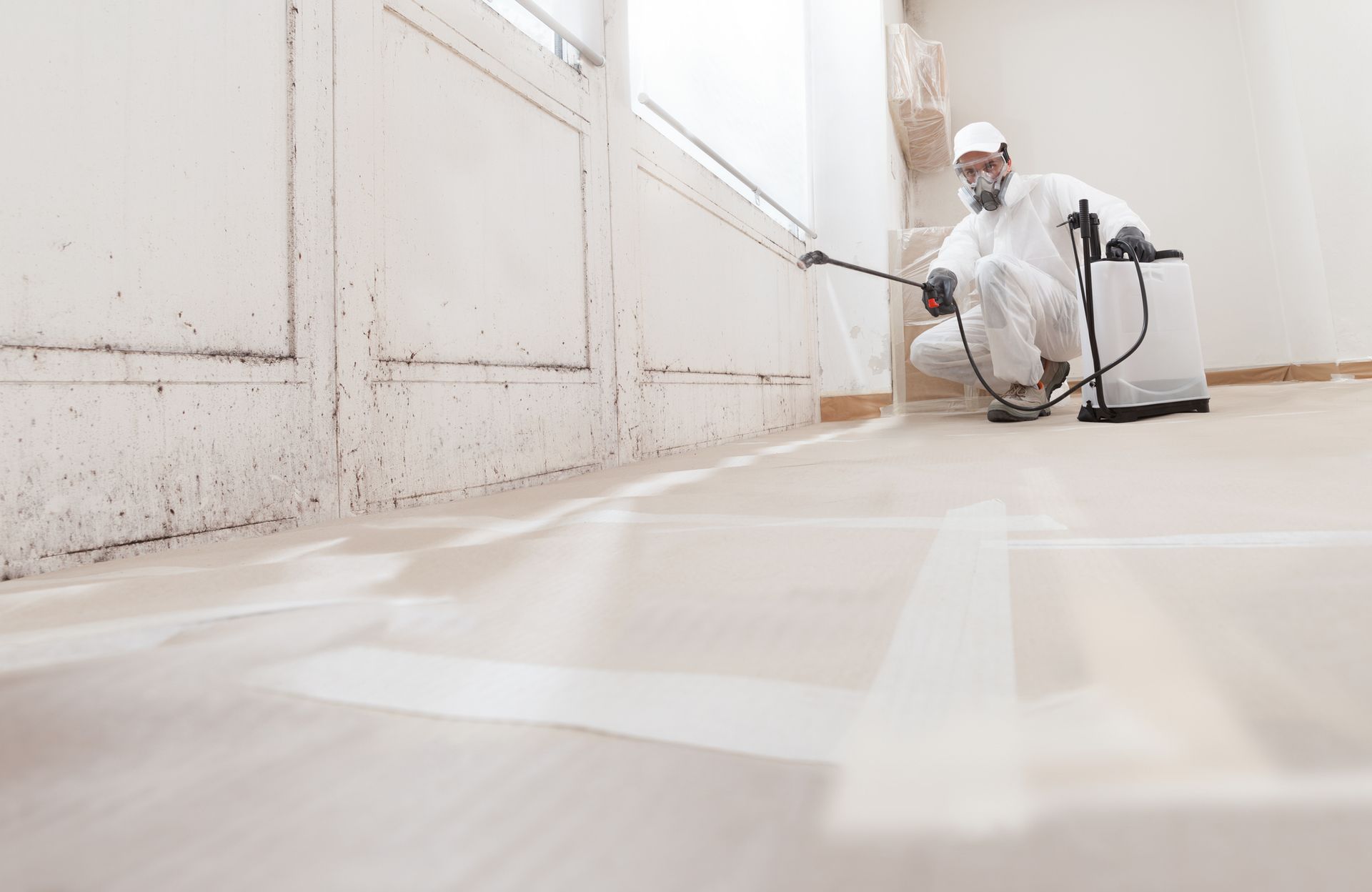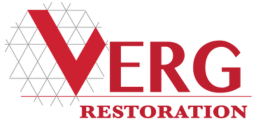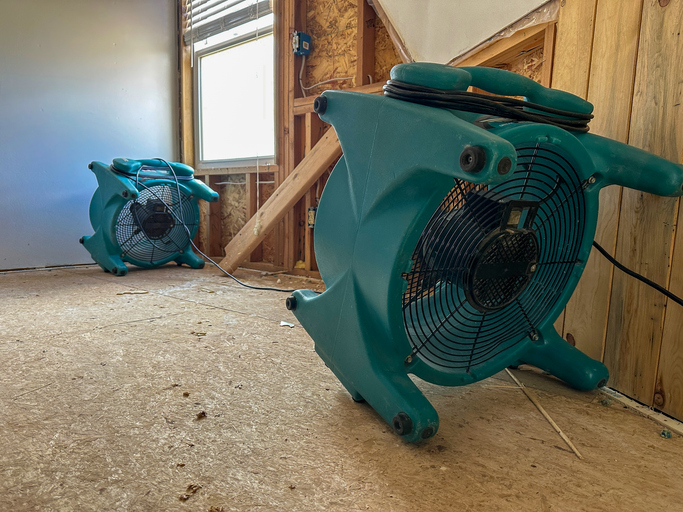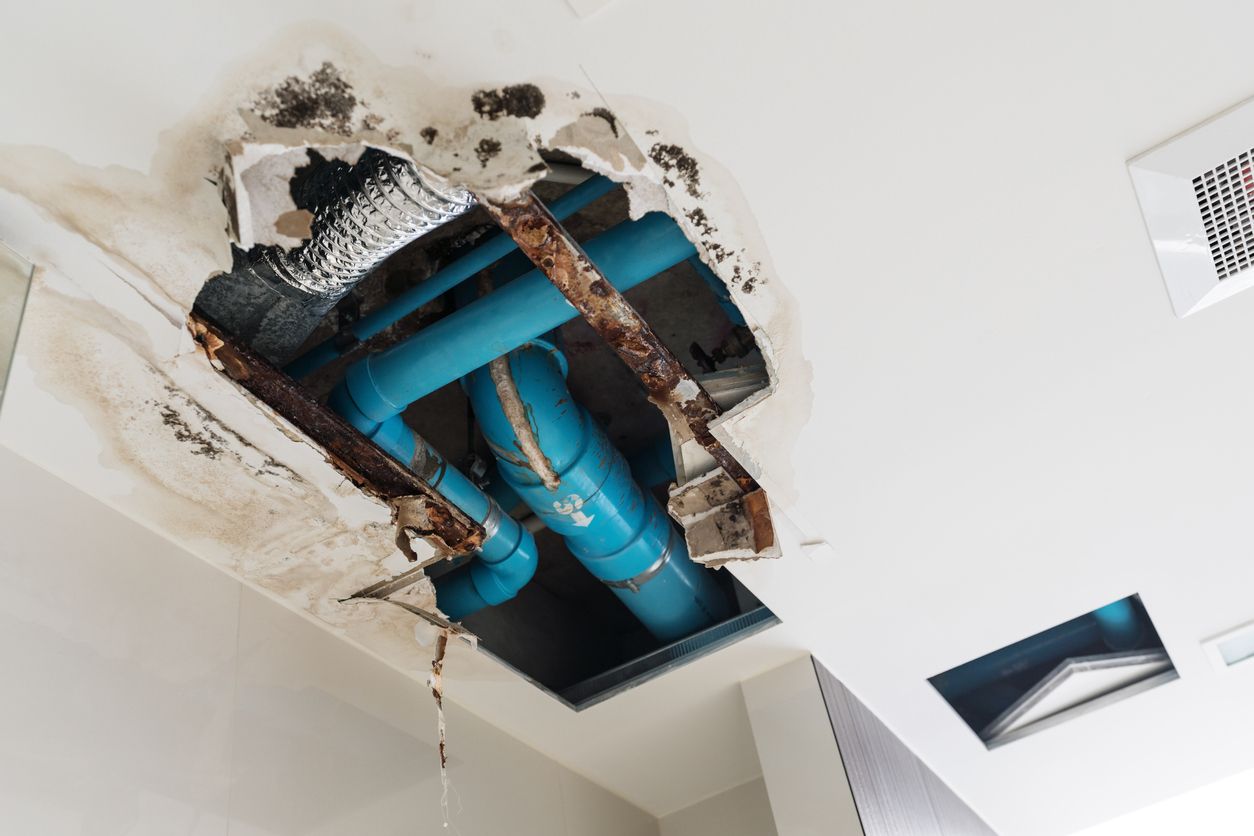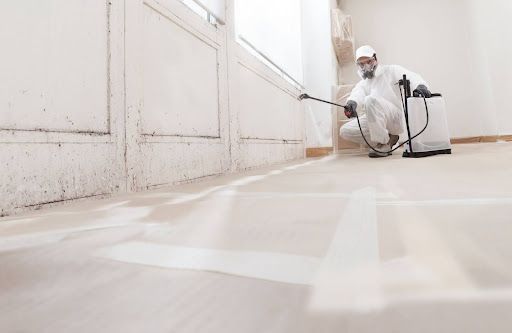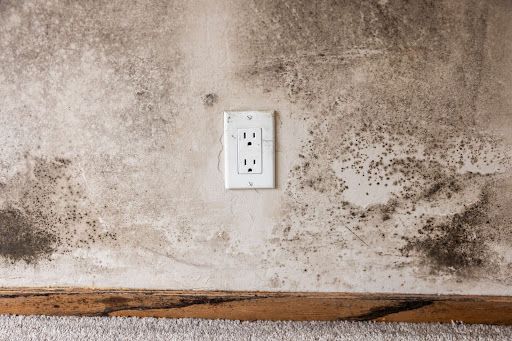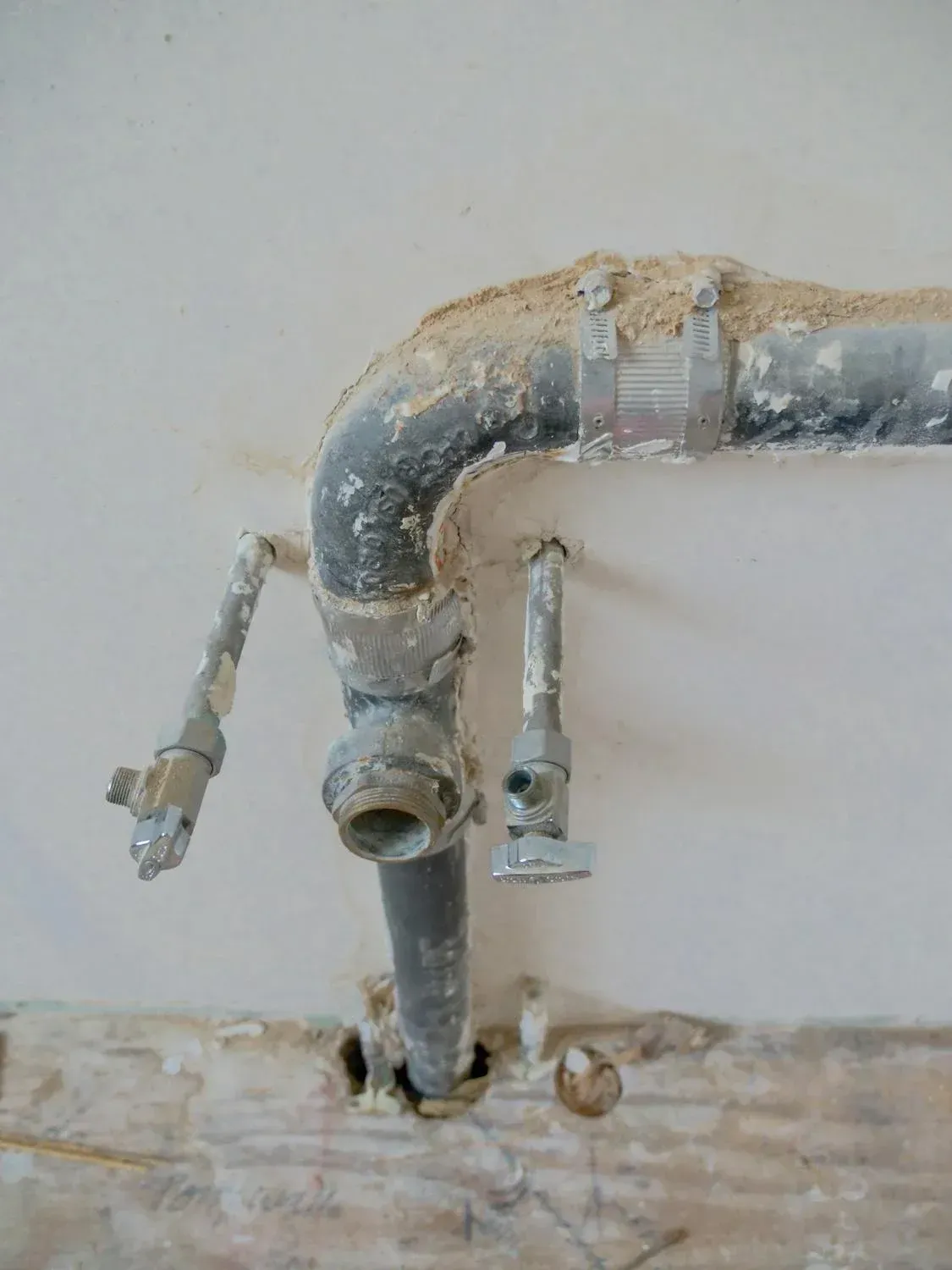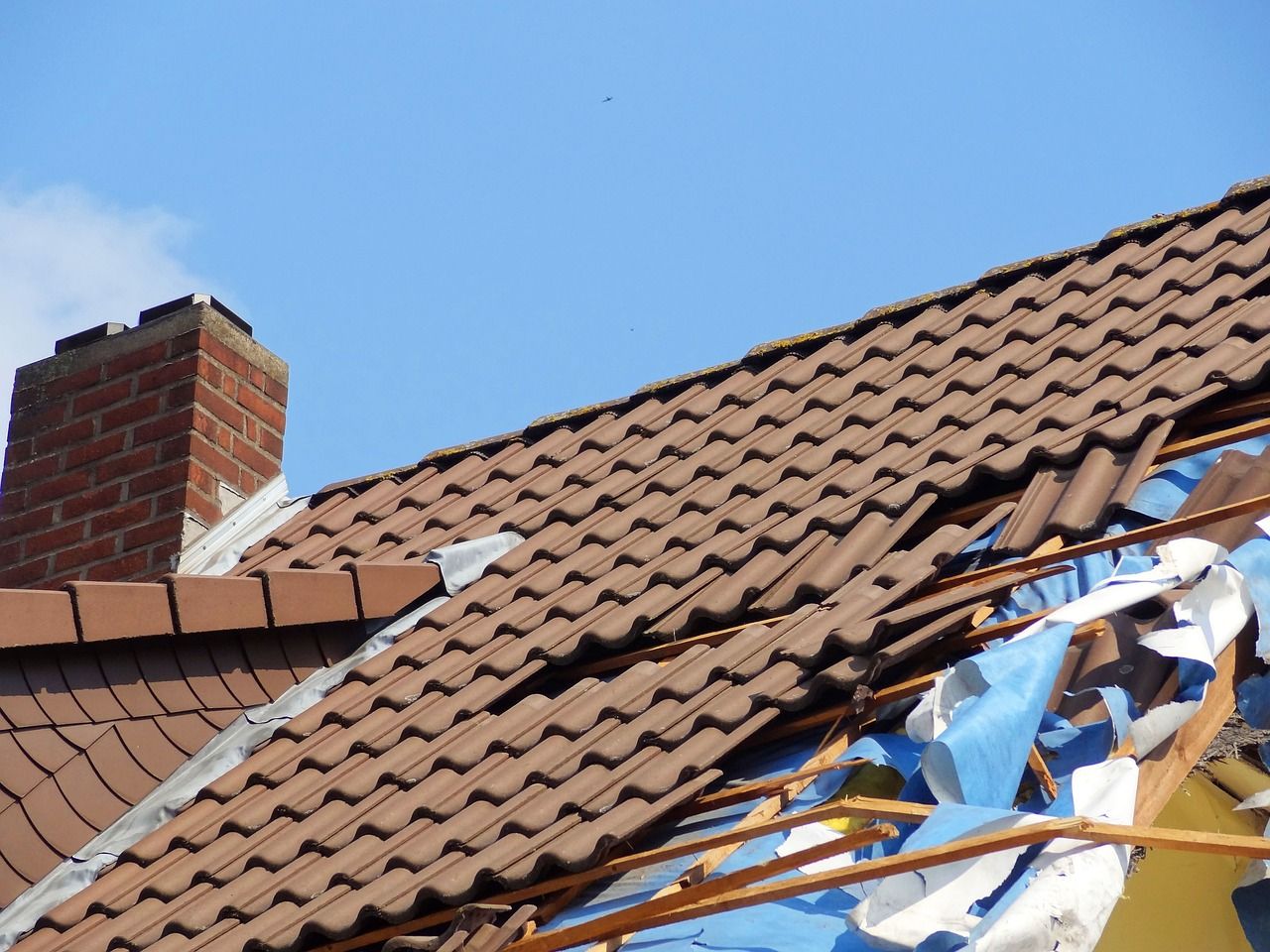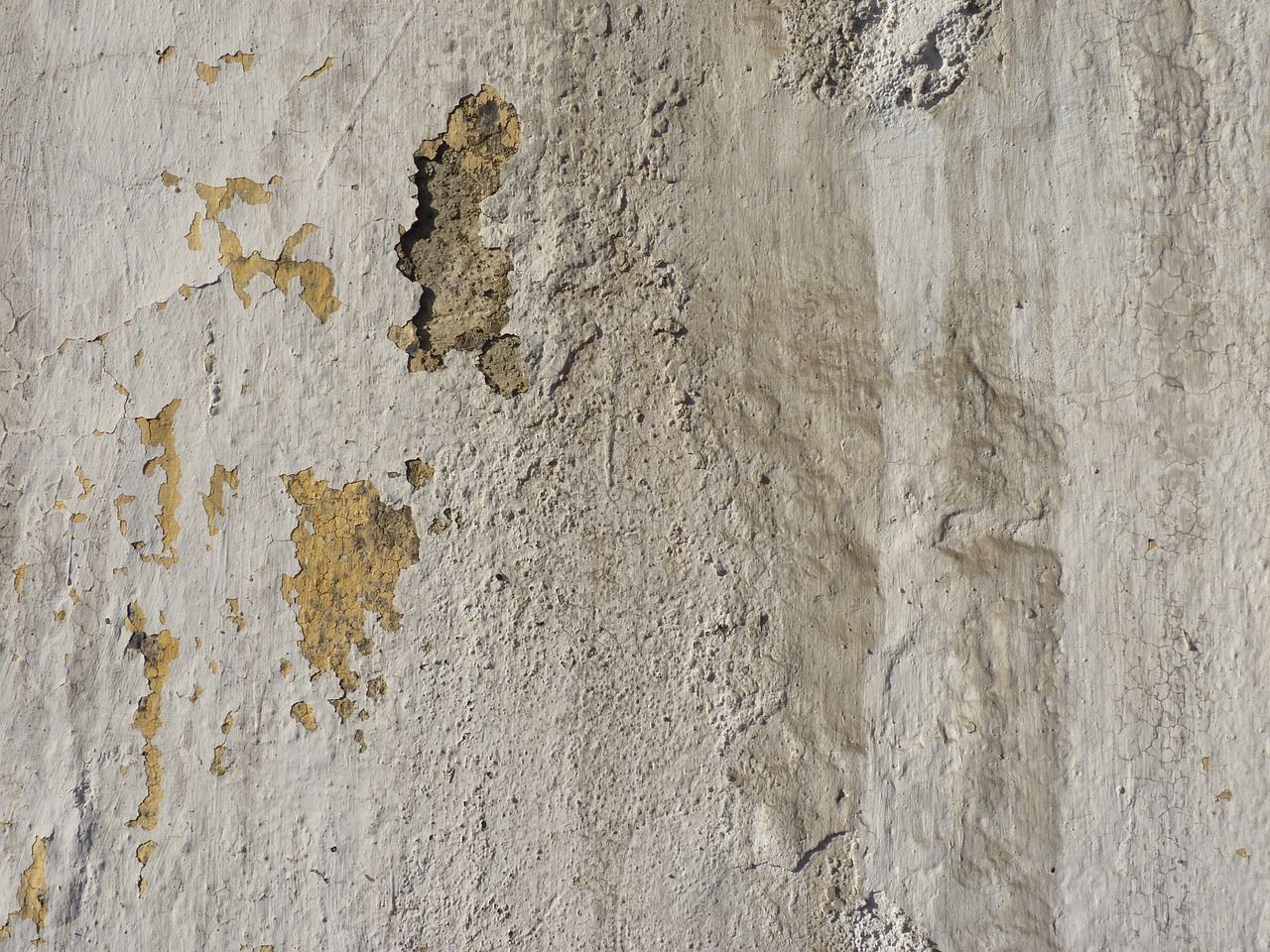Tips for Preventing Mold From Growing in Your House After a Flood
Discovering your home has been flooded is a distressing experience for any homeowner in Vancouver, WA. The aftermath of a flood not only involves dealing with the immediate water damage but also preventing long-term issues such as mold growth. Mold can begin to develop within 24 to 48 hours in wet conditions, making swift action essential. Here are essential steps to prevent mold from taking root in your home after a flood.
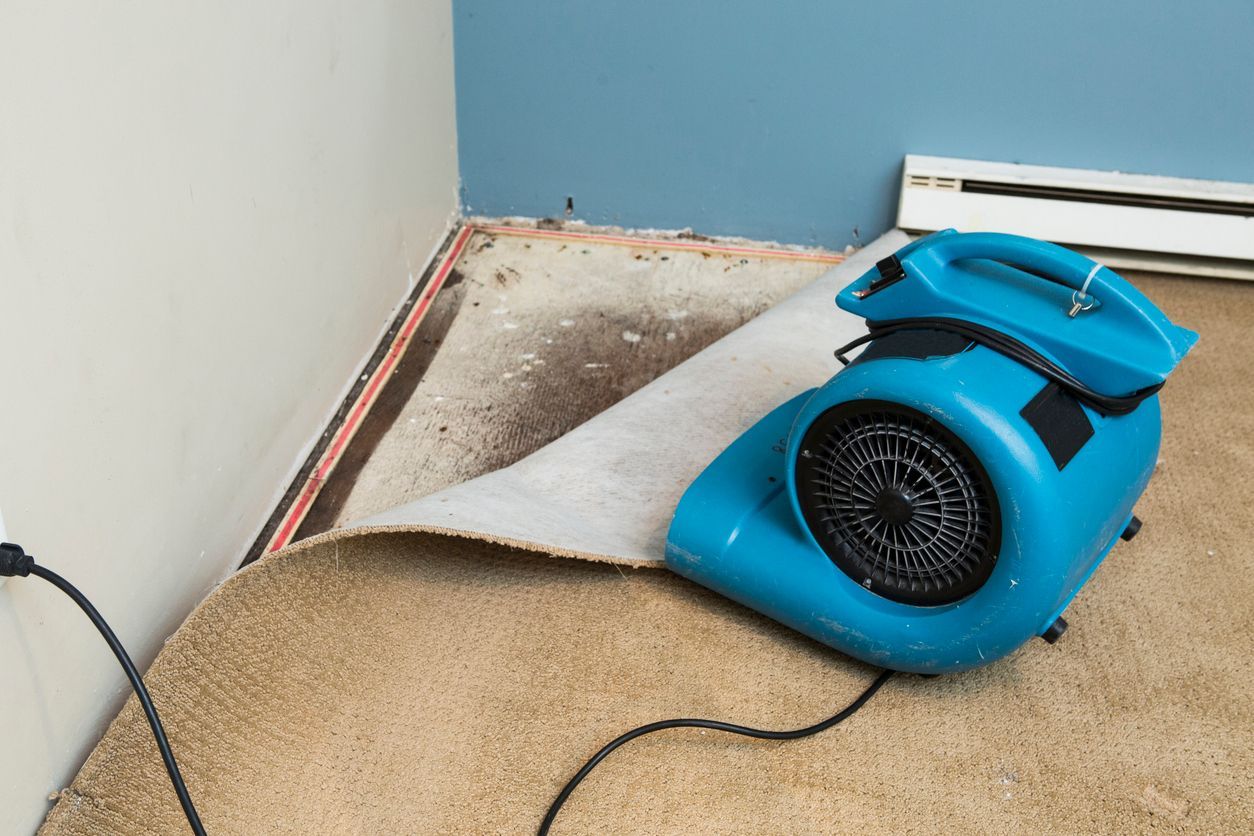
Dry the Area Thoroughly
The primary factor in mold prevention is eliminating moisture as quickly as possible. Utilize sump pumps to remove standing water and high-volume industrial fans to facilitate the drying of floors and walls. It's crucial to manually dry enclosed spaces like cupboards and to thoroughly check all appliances for hidden moisture. Remember, dampness is mold's best friend; keeping your home dry is your first line of defense.
Remove Wet Carpet and Flooring Pads
Wet carpets are breeding grounds for mold. If your carpet has been soaked, removing it is necessary to prevent mold formation. While it's possible that a restoration specialist might salvage the carpet itself, the underpadding must always be replaced once it's been wet. Ensure the floor beneath is completely dry before laying new carpet or underpadding.
Ventilate Affected Wall Materials
Floodwaters can saturate wall materials, creating an ideal environment for mold. To avoid this, take steps to ventilate and dry out walls. This may involve cutting away water-damaged sections, removing and replacing wet insulation, and creating openings in drywall to allow for moisture escape. Proper ventilation helps ensure that mold doesn't have a hidden spot to thrive.
Invest in a Dehumidifier
Even after removing standing water and drying out materials, high humidity levels can linger, encouraging mold growth. Using a dehumidifier throughout your home, particularly in flooded areas, helps maintain low humidity levels, discouraging mold spores from germinating.
Isolate and Remove Moldy Objects
In cases where mold has already begun to grow, it's important to act quickly to prevent its spread. Nonporous objects with mold can often be cleaned and salvaged, but porous objects likely need to be discarded. Sealing moldy items in trash bags before disposal can prevent spores from spreading, and some items may be saved by drying or freezing immediately.
Disinfect Surfaces and Apply Mold Prevention Solutions
After drying and cleaning, disinfect surfaces to make them inhospitable to mold. Use appropriate cleaners for nonporous surfaces and consider applying mold prevention solutions, such as Concrobium, to porous surfaces and any items that were wet but have since dried.
Dealing with flood aftermath requires prompt and efficient action to protect your home and health from mold. Verg Restoration understands the urgency and complexity of post-flood recovery. Our team of specialists is equipped with the knowledge and tools needed to restore your home to a safe and mold-free environment.
Ready to Tackle Mold Prevention Head-On?
If you've experienced flooding in your home and are concerned about mold, don't hesitate to reach out to Verg Restoration. Our team is dedicated to providing comprehensive mold prevention and remediation services. Start the restoration process today by calling us at (360) 818-4644 or filling out our online form. Don't let mold take hold in your home—contact Verg Restoration for professional assistance.
